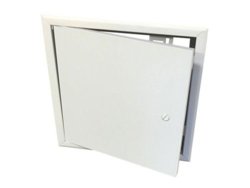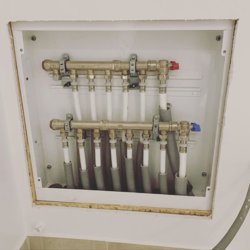K
Kakelman
Panels ! okay- I think he was talking about inspection locks - if water pipes that are joined and inside the wall - then yes ! you have to have panels to get to these pipes incase there is a leak- plus it is also forbidden to have any water pipes coming up from the floor- they have to come out from the wall- as I said, the rules for a wet room over here are crazy- but you have to follow them or your licence will be taking away from you......


